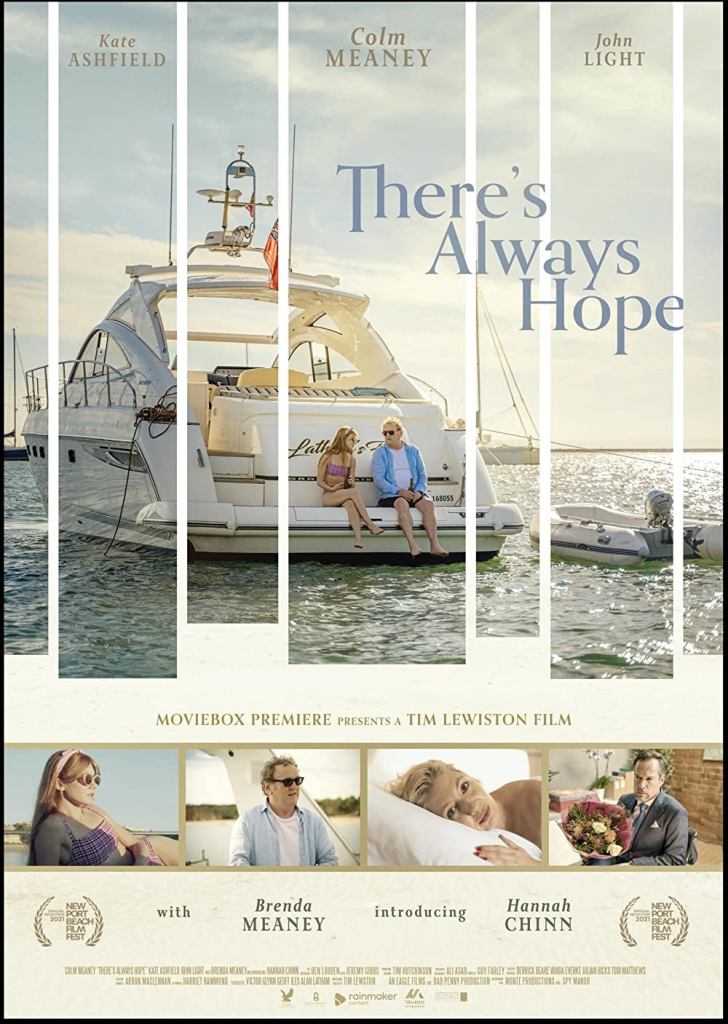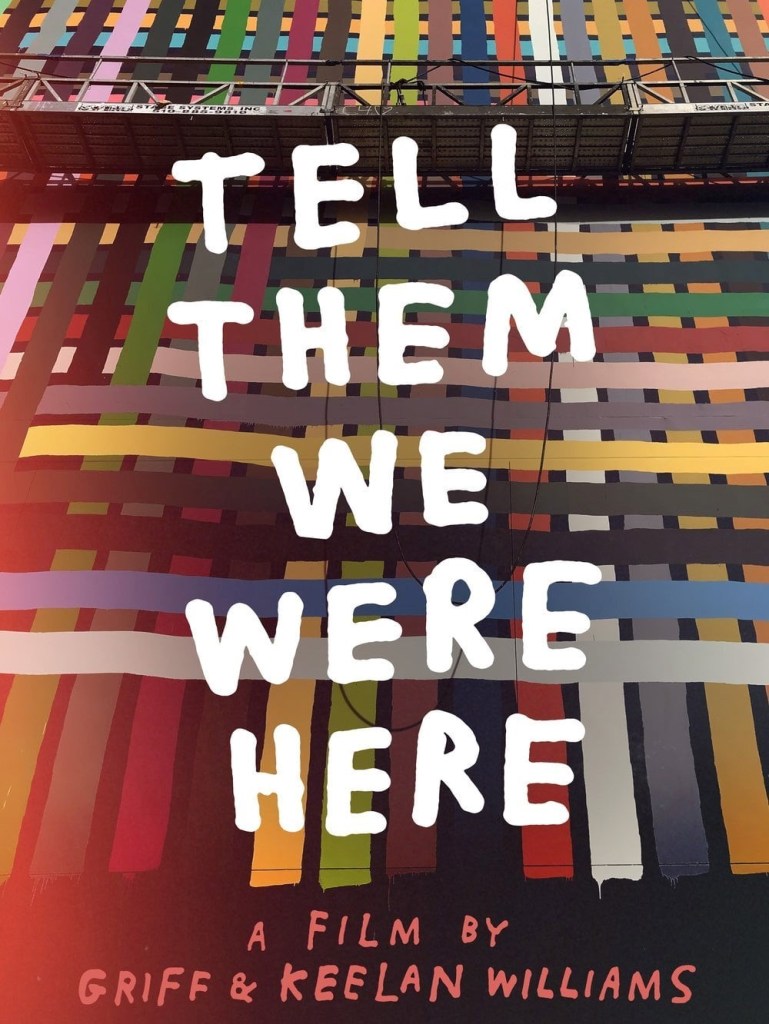
I recently had the opportunity to attend my first Sonoma International Film Festival. The festival, which celebrated its 25th year, ran for five days March 23 through March 27. More than 120 films were screened with more than 80 of them premiering at the festival. Films were screened at seven different venues, all within a reasonable walking distance from each other. Film hosts included the Sonoma Valley Museum of Art, Andrews Hall, Burlingame Hall, Vintage House, Sonoma Veterans Memorial Hall, the Sonoma Valley Women’s Club, and the historic Sebastiani Theatre.
Sonoma being Sonoma, the festival also featured a wine and food component. This year had events featuring chefs Jacques Pépin and Joanne Weir and a wine competition.
Two circumstances brought me to this year’s festival. Festival Artistic Director Kevin W. McNeely and Program Director Steve Shor were promoting the festival as guests on The Drive with Steve Jaxon (a news/talk radio program I co-host on KSRO) and I happened to be housesitting in Sonoma the week of the festival. I could have stayed in and spent my evenings and weekend being attacked by two cats, or I could go see some films.
So, with the appreciated accommodation of a Press Credential, off to the movies I went!
I thought I’d start out Thursday with a film screening at the Sebastiani Theatre. The Theatre was built by Samuele Sebastiani in 1933 as a movie house and was designed by well-known theater architect James W. Reid. Its neon marquee is a Sonoma Plaza landmark.
I arrived for a 7:30 pm screening of There’s Always Hope,starring Colm Meaney (Star Trek: Deep Space Nine), Hannah Chinn, Kate Ashfield, and John Light. Unfortunately, while the digital file of the film had arrived on site, the “key” to “unlock” the file was not provided. I miss the days when large metal cannisters of actual film were lugged in and out of theaters. The audience held out hope that There’s Always Hope would be screened that evening. After about a 45-minute delay, it was.
It’s a tried-and-true family drama formula film about two adult children trying to bring their separated parents back together.
Successful author Jonathan Stack (Meaney) is suffering major writer’s block and he’s let his marriage to Samantha (Ashfield), who is also his agent and editor, break down. She’s flown into the arms of her business partner (Light).
Devastated, Stack takes off in his ancient Jaguar for the family villa in Portugal where their young daughter Hope (Chinn) and her half-sister Amelia (Brenda Meaney) try to help sort things out.
It’s a pleasant enough film, with some good acting and gorgeous cinematography (it was filmed at the Algarve, Portugal) but there’s not much new here. Light’s character is written out of sync with the rest of them and throws the film a bit off balance.
Director/Screenwriter Tim Lewiston was present for a post-screening Q & A. I asked him how much of the father/daughter confrontation scene was improvised and he responded “Not much.” (Would a screenwriter say anything else?!) He told a story of how Meaney, when faced with the nine pages of dialogue to memorize for that scene, stated “he hadn’t had to memorize that many lines since he was 20!”. Meaney acquits himself nicely in the scene (as does Chinn.)
Friday brought me to the Sonoma Valley Museum of Art for a screening of the documentary Tell Them We Were Here. The film chronicles artists living and working in the San Francisco Bay Area and how they extend the historical legacy of Bay Area activism. Artists featured Sadie Barnette, Amy Franceschini (Futurefarmers), Jim Goldberg, Tucker Nichols, Lynn Hershman Leeson, Alicia McCarthy, Nigel Poor (Ear Hustle), and Michael Swaine.
The well-crafted film really expands one’s definition of “art” (gardening?) as it documents changes to the unique artistic character of the San Francisco Bay Area scene over the last few decades.
The father-son filmmaking team of Griff and Keelan Williams were in attendance. I asked at the post-screening Q & A how the film had been received in screenings outside of the Bay Area. They talked about how artistic communities all over the country and world were familiar with the artists featured and how the artists’ concerns were their concerns as well.
Saturday found me at the Sonoma Valley Women’s Club for a screening of Jump, Darling, a Canadian film featuring Cloris Leachman in one of her last roles (she passed earlier this year at the age of 94).
It’s another family drama, this time featuring a rookie drag queen (Thomas Duplessie) and his ailing grandmother (Leachman).
After a bad break up, Russel (Duplessie) heads to the home of his grandmother (Leachman) and finds her in rapid decline. She wants to avoid being sent to a home, he wants to continue to explore his drag persona. Will things work out? Yeah, but not quite like you’d expect.
Writer/Director Phil Connell and actor Thomas Duplessie were in attendance at the screening. I asked Connell about the casting process, and he discussed Leachman’s casting and the other drag queens in the film. Duplessie related a number of bawdy Leachman stories.
I also took the opportunity to ask about reaction to the film’s (what I consider) dark ending. He thanked me for the question as he stated he’s rarely asked it, which has surprised him. He thinks it’s a topic that most audiences want to shy away from. Leachman, who’s glorious, and her character go out on their own terms. No other spoilers here, folks.
One question I didn’t get to ask him was “Is it possible to make a film about a drag queen that doesn’t involve alcoholism or suicide?”
I ran to catch a second film on Saturday which screened at the Vintage House. It was Down with the King, a narrative feature directed by Diego Ongaro and starring hip hop artist Freddie Gibbs.
Gibbs play Mercury Maxwell, a world-famous rapper who’s become disillusioned with the industry and the trappings of fame. He rents a house out in the Berkshire Mountains to escape and reignite his creative flame, but finds himself more interested in the simple lives of the local ranchers and farmers.
Yep, it’s another fish-out-of-water tale, but it’s pretty well done. Gibbs is absolutely magnetic on screen and there’s nice supporting work done by Bob Tarasuk as a local rancher he connects with, Jamie Neumann as a local woman he “connects” with, and David Krumholtz as your standard music management weasel.
After the film I tried to attend the SIFF Saturday Night Awards Party, but power issues left attendees standing in line for about 45 minutes past its scheduled start, and when the doors did open the promised food (which torturously streamed by the line continuously and was announced as being ready to be served upon entrance) was discovered to be off-limits till the conclusion of what appeared to be a lengthy awards process. With the start of the Wine Awards and with no end (or food) in sight, I departed in search of late-night nourishment in Sonoma – no easy task.
Sunday brough the conclusion of the festival and my attendance at Andrews Hall for a pair of animal-centric films.
First up was the animated short Andy: A Dog’s Tale. Produced by Jean Schulz (widow of Peanuts creator Charles Schulz), it’s a Pixar-style promotional short designed to raise awareness for the Canine Companions service dog program. Schulz sits on the Board of the organization.
It’s a charming little film about a puppy who overcomes a series of obstacles to find his purpose in life that should serve its purpose well. Director Jamy Wheless of Ignite Animation was in attendance and in response to my question about the future of the film, indicated it would continue on the festival circuit and had hopes of getting Oscar consideration.
The feature that followed was A Dog Named Palma, a Russian film written and directed by Aleksandr Domogarov. Based on a true incident that occurred in the mid- 1970’s, it’s the story of a shepherd dog who was abandoned at a Russian airport by her owner. She befriends a nine-year old boy whose mother dies leaving him with a father he barely knows – an Aeroflot pilot who dreams of flying international routes. Hunted by airport security, Palma keeps returning to the runaway in the hope of her owner’s return, complicating things for the father.
The film hits all the right family-friendly buttons – sweet dog; cute, feisty kid; confused parent; kindly older eccentric; stodgy, villainous authority figures; possible animal-loving love interest – and doesn’t overdo any of them. Who knew the Russians could make a great throwback Disney film?
It’s also an interesting look at the political and social climate of Russia during in the Brezhnev era plus there’s plenty of vintage Soviet aircraft for the aero-minded.
The film also has a late ‘60’s/early ‘70’s look to it that I found visually entrancing, but no more entrancing than the story itself. Credit the filmmakers for casting a run-of-the-ordinary dog in the role of Palma. She’s no Lassie in the looks department, but oh, her eyes. She’s a good dog.
It was a nice film on which to end my attendance at the festival. It was a very pleasant couple of days spent watching a nice, diverse group of films. With only a couple of minor hiccups, my introduction to the Sonoma International Film Festival was a success.
I’m looking forward to next year’s.










